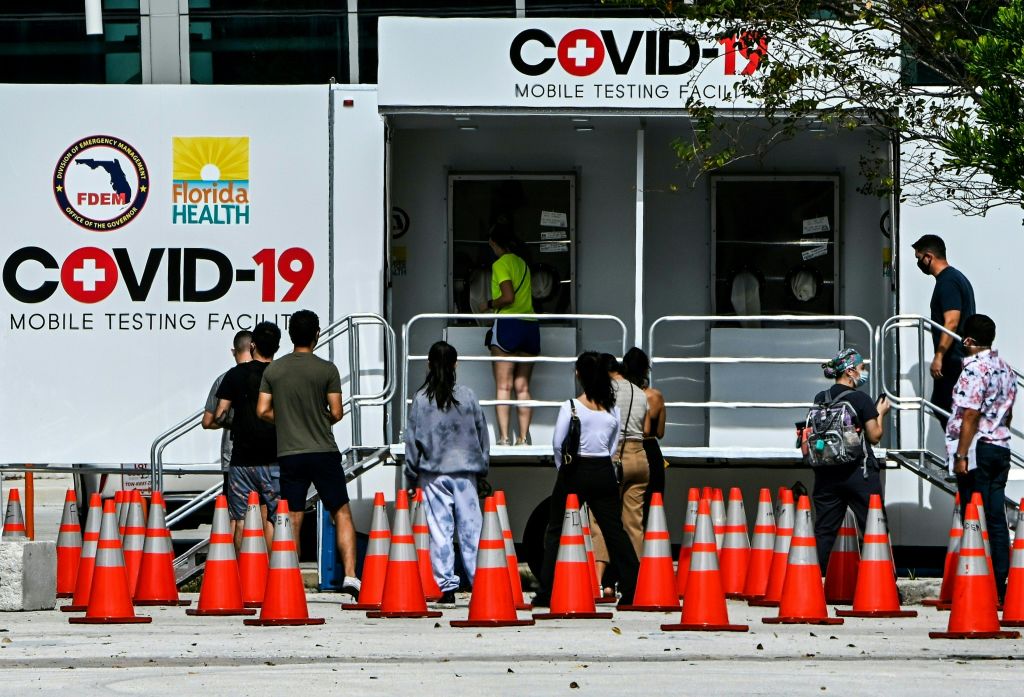Florida has very large racial and ethnic disparities in its administration of COVID-19 vaccines, despite having a significant number of majority-minority counties and a large number of Black and Latinx residents overall. The lack of a state-wide vaccine equity plan allows these disparities to occur and reflects a lack of commitment by the state to an equitable distribution plan.
The Latinx population has experienced a disproportionate share of COVID-19 cases in Florida. Figure 1 below shows that the Latinx COVID-19 case rate (37%) is ten percentage points higher than their share of the population (27%). In comparison, the Black population’s COVID-19 case rate (14%) is one percentage point below their portion of the population (15%), while the White population’s COVID-19 case rate (40%) is fourteen percentage points below their population percentage (54%). The death rate from COVID-19 is slightly higher for Black and White Floridians and marginally lower for Florida’s Latinx residents. Figure 1 shows that the COVID-19 death rate is two percentage points higher for both Black and White residents than their proportion of the population. COVID-19 death rates for Latinx residents of Florida (25%) are two percentage points lower than their percentage of the population (27%).
Figure 2 below documents that this pattern of underrepresentation of Black and Latinx residents among those receiving the COVID-19 vaccines is consistent for almost all Florida counties, with the Black vaccination rate being lower than the Black population in every county in Florida. The majority of Florida counties (32/67) have Black vaccination rates five to nine percentage points below the ratio of the Black population.
Latinx Floridians face a similar pattern of consistent underrepresentation in COVID-19 vaccinations across all counties in Florida. There are no counties where the Latinx vaccination rate is equal to their proportion of the population and only one county where the vaccination rate is higher than their population. Most Florida counties (28/67) have Latinx vaccination rates that are one to four percentage points below the Latinx population percentage. Hardee County and Osceola County have Latinx vaccination rates as large as 27% and 25%, respectively, below the proportion of the county’s Latinx population.
Figure 3 displays the Florida counties with the most significant underrepresentation of Black and Latinx residents in COVID-19 vaccinations. One-third of the counties with the most significant racial and ethnic disparities in COVID-19 vaccine distribution (3/9) are counties with majority Latinx populations (Miami-Dade, Hendry, and Osceola). In Miami-Dade County, Latinx people are 69% of the population, but only 49% have received the COVID-19 vaccines. In Hendry County, Latinx people are 54% of the population, but only 31% of the vaccinated. In Osceola County, Latinx people are 54% of the population, and only 29% of the residents vaccinated.
Broward, Leon, and Orange counties all have a sizeable Black population, but a relatively small percentage of their Black residents are vaccinated. Black people comprise 28% of Broward County’s population, but only 12% of its vaccinated residents. Black people are 31% of Leon County, but only 14% of those vaccinated. In Orange County, Black people make up 20% of the county’s population and only 8% of those vaccinated.















